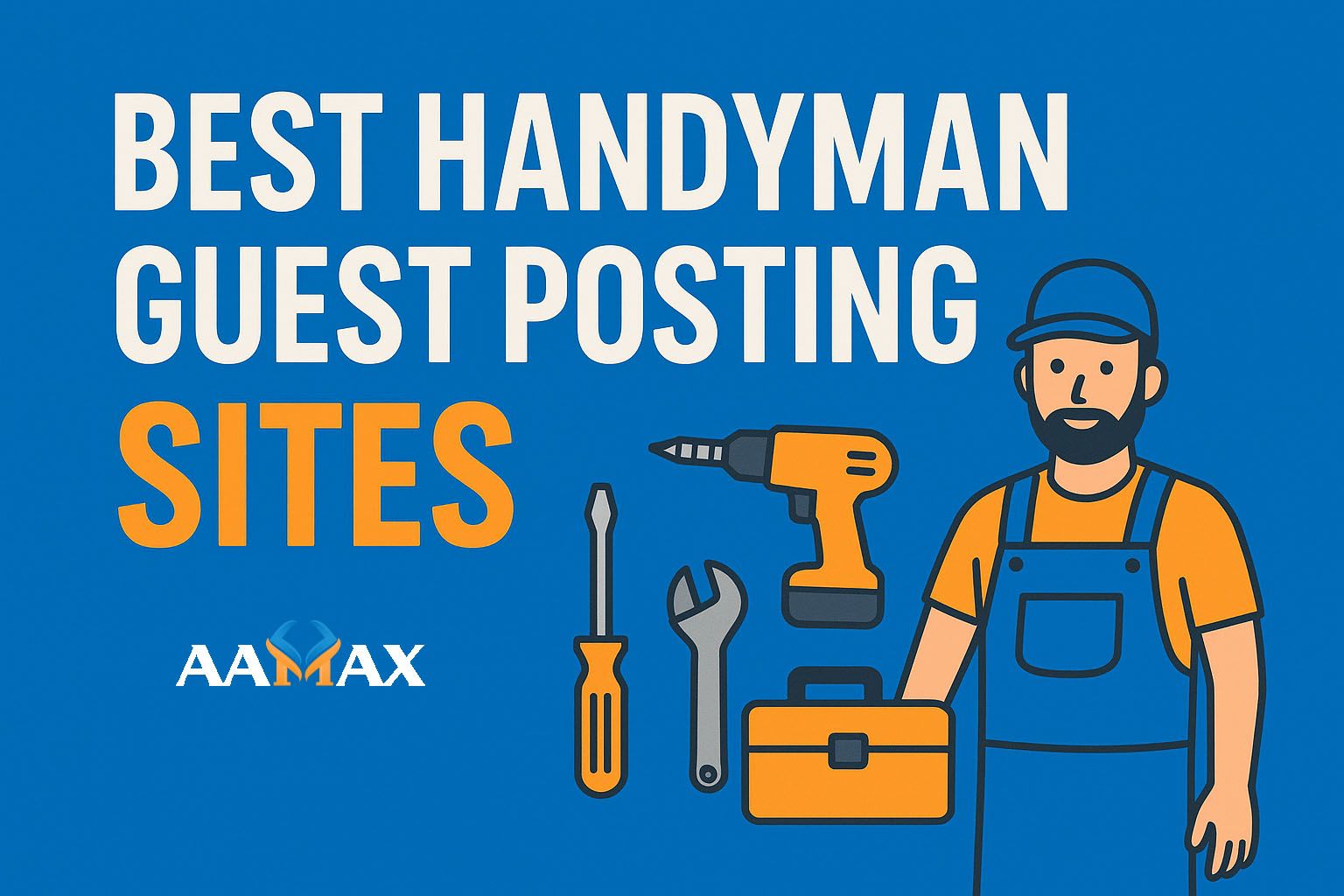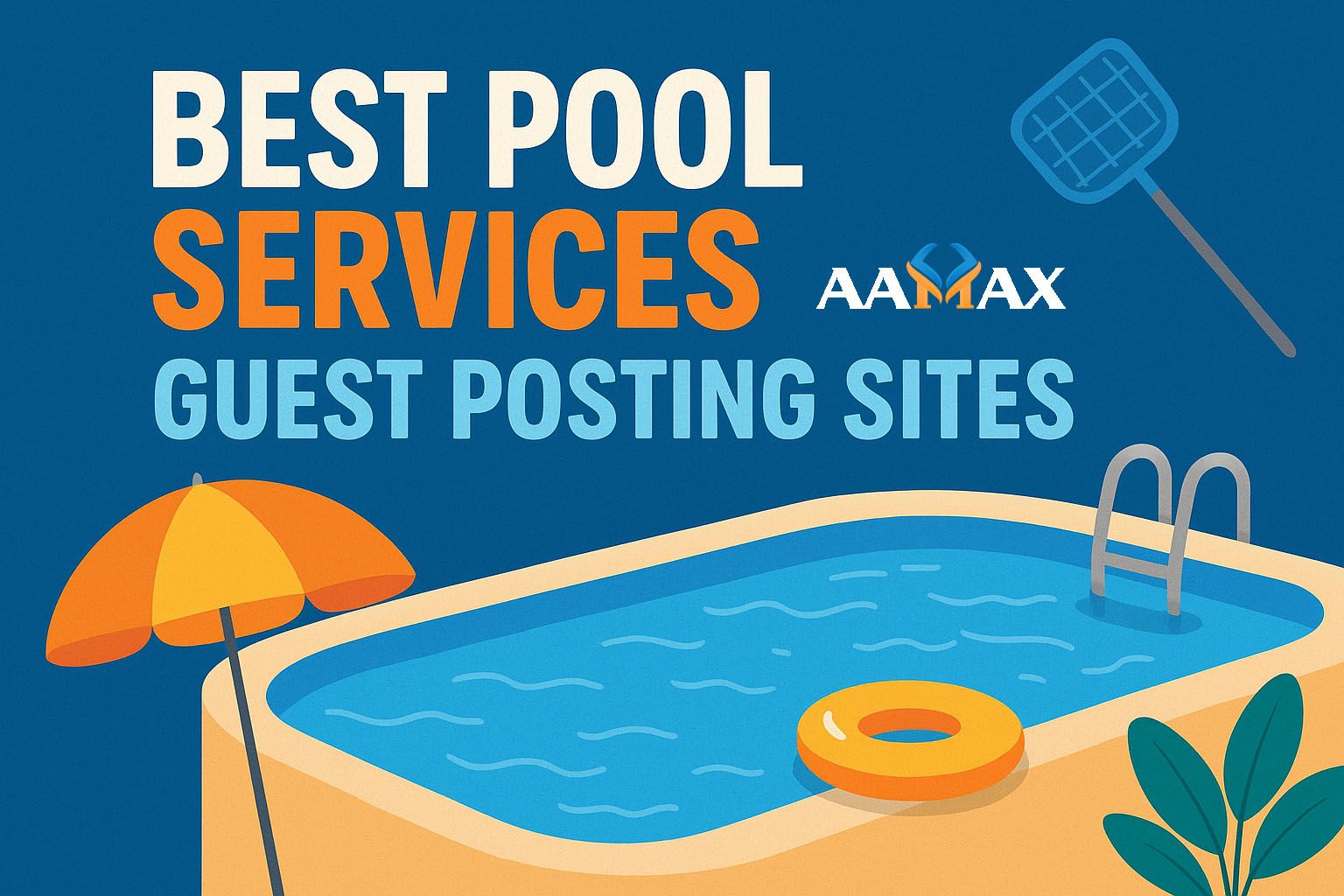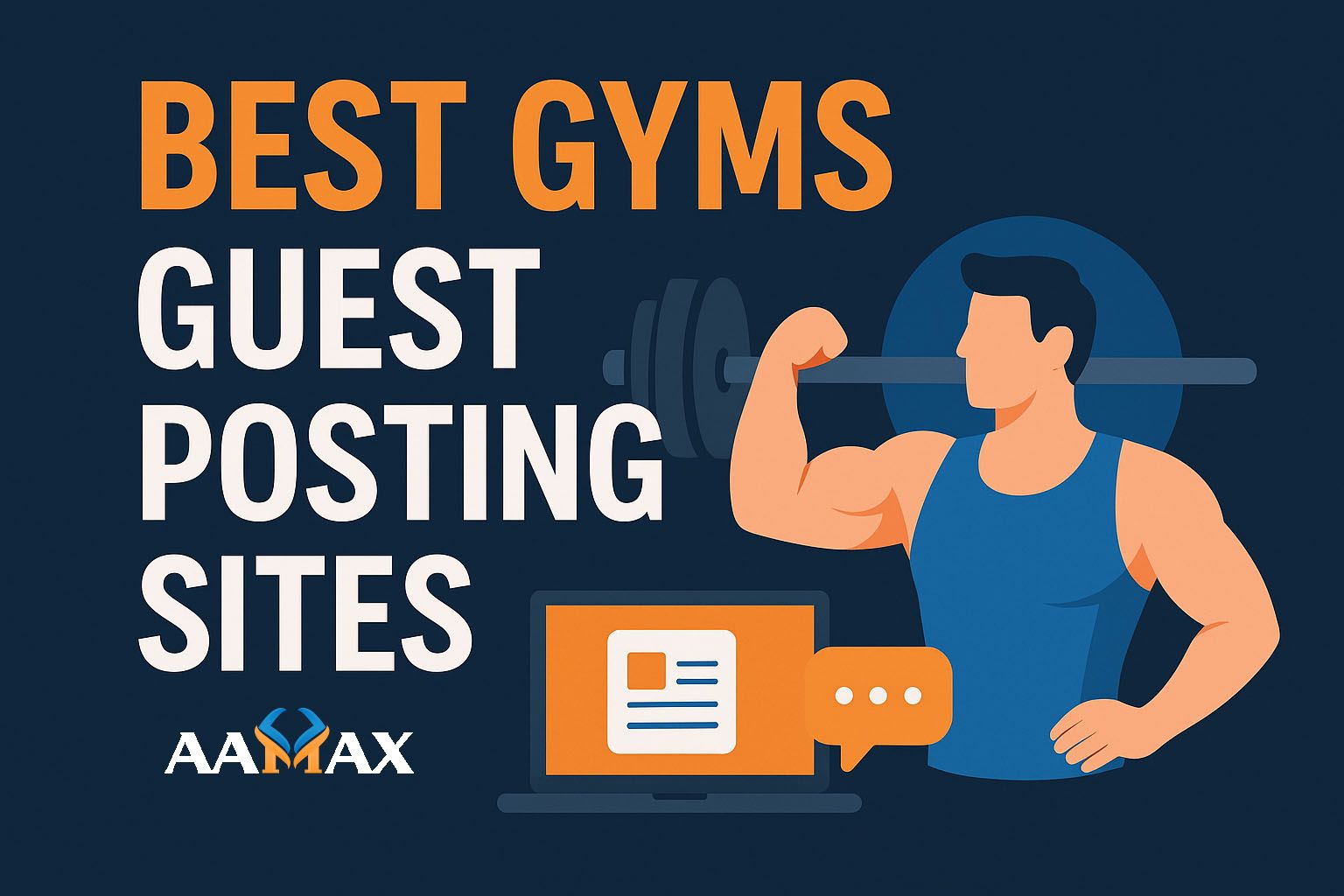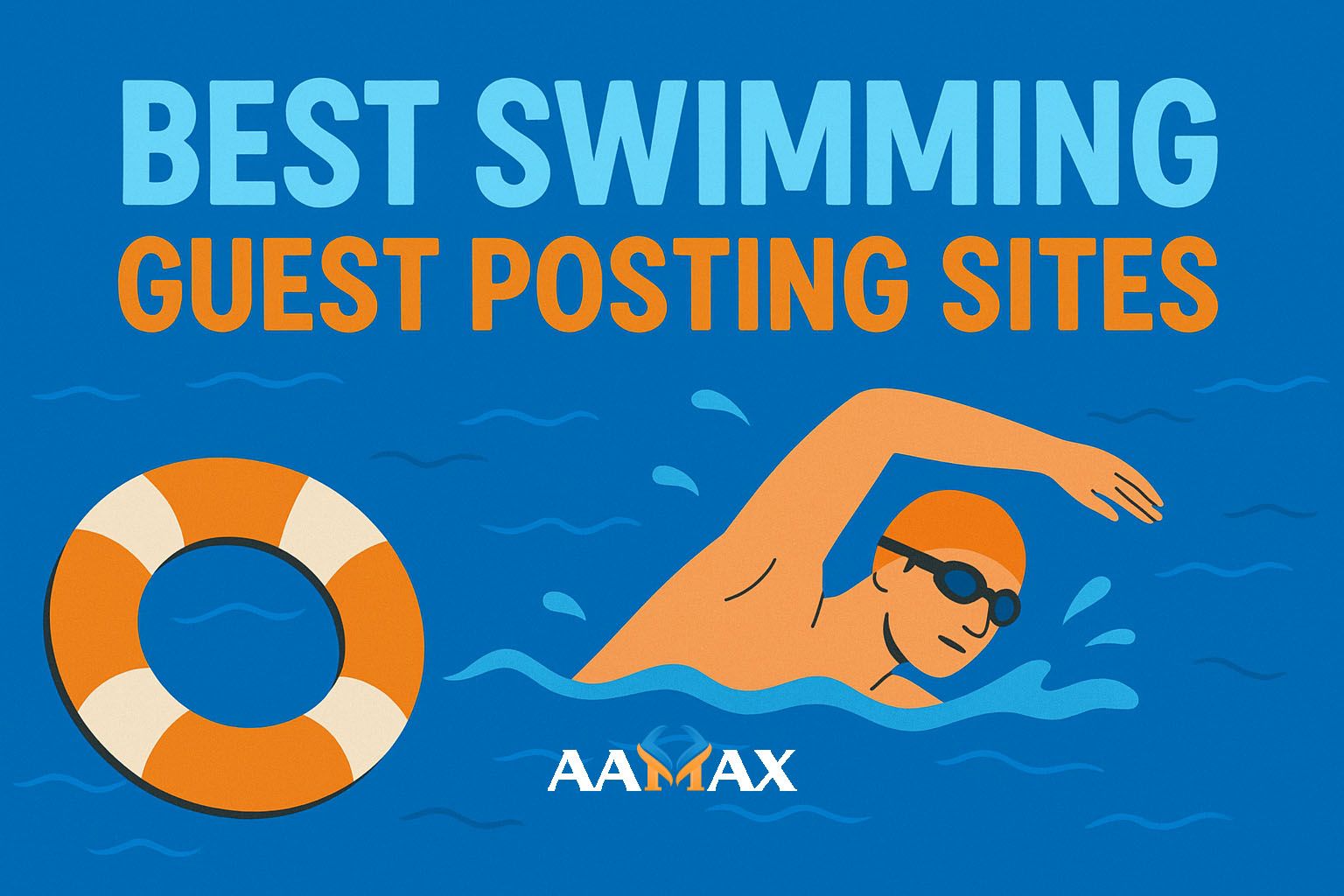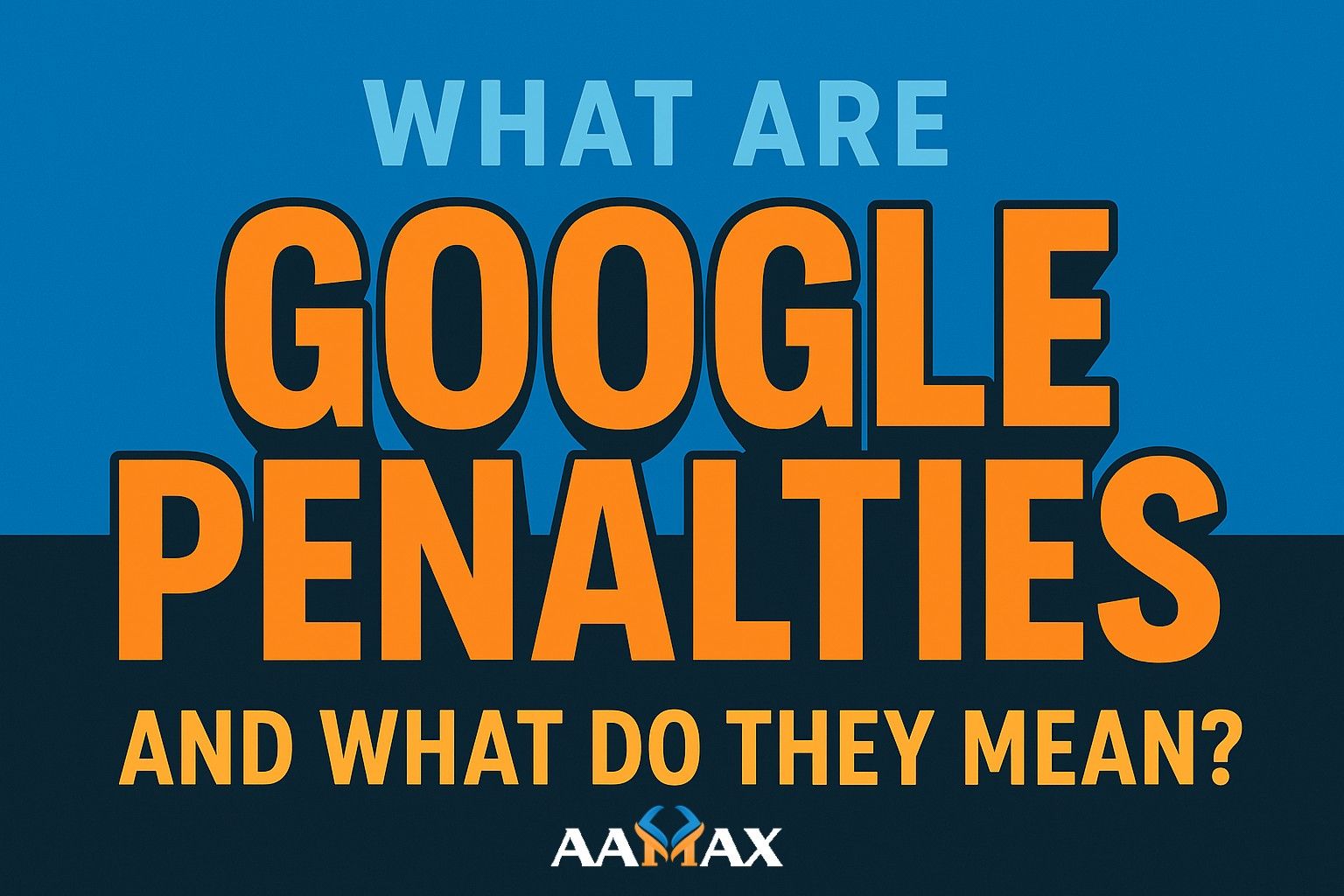
What Are Google Penalties and What Do They Mean?
Understanding what Google penalties are, why they happen, and how to recover from them is essential for any website owner, marketer, or business looking to maintain long-term online visibility. This article provides an in-depth guide to Google penalties, their types, causes, and actionable steps for prevention and recovery.
Search Engine Optimization (SEO) is a critical component of digital marketing. Businesses invest heavily in optimizing their websites to rank higher in search results, attract organic traffic, and convert visitors into customers. However, despite best efforts, some websites suddenly experience drastic drops in traffic, leading to confusion and panic. One of the primary causes of such issues is a Google penalty.
What Is a Google Penalty?
A Google penalty is a negative impact on a website's search rankings caused by violating Google’s webmaster guidelines. Penalties can result in reduced visibility, lower traffic, or in extreme cases, complete removal from Google’s search index.
Penalties are usually triggered by:
- Unethical SEO practices (black-hat techniques)
- Poor-quality content
- Spammy links
- Violations of Google's algorithm updates
Google penalties are designed to maintain search quality and protect users from irrelevant, manipulative, or harmful content. digital marketing punitive, they serve to promote fair competition and better search experiences.
Types of Google Penalties
Google penalties fall into two main categories: manual penalties and algorithmic penalties. Understanding the differences is crucial for diagnosis and recovery.
1. Manual Penalties
A manual penalty occurs when a Google employee reviews a website and finds violations of webmaster guidelines. Manual actions are communicated through Google Search Console, and the site owner can see the notification detailing the issue.
Common Causes of Manual Penalties
- Spammy or unnatural backlinks
- Thin or duplicate content
- Cloaking or hidden text
- Keyword stuffing
- User-generated spam (comments, forums)
How to Identify Manual Penalties
- Log in to Google Search Console
- Check for messages under Security & Manual Actions
- Look for a clear notification explaining the reason
How to Recover
- Identify and remove or disavow spammy backlinks
- Improve content quality and remove thin pages
- Fix technical SEO issues (cloaking, redirects, hidden text)
- Submit a reconsideration request through Google Search Console
2. Algorithmic Penalties
Algorithmic penalties are automatic and occur when Google’s algorithms detect violations without human intervention. Unlike manual penalties, there is no direct notification; instead, you may notice a sudden drop in organic traffic.
Major Algorithmic Updates
- Panda Update: Targets low-quality, thin, or duplicate content.
- Penguin Update: Focuses on spammy link-building practices.
- Hummingbird Update: Prioritizes content relevance and semantic search.
- Mobile-Friendly Update: Rewards responsive and mobile-optimized websites.
- Core Updates: Broad ranking adjustments affecting multiple aspects of SEO.
How to Identify Algorithmic Penalties
- Use Google Analytics to track sudden drops in traffic
- Compare timing of traffic drops with known algorithm updates
- Analyze your website for content quality, backlinks, and technical SEO
How to Recover
- Improve content quality, remove duplicates, and update outdated pages
- Audit backlinks and remove toxic links
- Ensure mobile-friendliness and fast page load speed
- Optimize for user experience and engagement metrics
Common Causes of Google Penalties
Several practices increase the risk of receiving a penalty, including both deliberate and unintentional actions.
1. Poor-Quality or Duplicate Content
Websites with thin, copied, or low-value content can be penalized. Google rewards original, informative, and well-structured content.
2. Spammy or Unnatural Links
Buying links, link farms, and excessive reciprocal links violate Google’s guidelines. Both manual and algorithmic penalties can be triggered by suspicious backlink patterns.
3. Cloaking and Hidden Text
Showing different content to users than what search engines see is considered deceptive. Examples include hidden text, keyword stuffing, and doorway pages.
4. Keyword Stuffing
Overusing keywords in an unnatural manner reduces content quality and may result in penalties.
5. Poor User Experience
Sites with excessive pop-ups, intrusive ads, slow loading times, or non-responsive design may suffer algorithmic penalties.
6. Malware or Hacked Websites
Google penalizes websites hosting malware, phishing content, or compromised user data to protect search users.
7. Thin Affiliate or Spam Content
Websites relying solely on affiliate links with little added value often face Panda-related penalties.
Signs Your Website Has a Google Penalty
Recognizing a penalty early is critical for recovery. Common signs include:
- Sudden and dramatic drop in organic traffic
- De-indexing of multiple pages from Google search
- Warnings in Google Search Console (manual actions)
- Drop in keyword rankings
- Decline in engagement metrics (CTR, bounce rate)
How to Prevent Google Penalties
Preventing penalties is far easier than recovering from them. Best practices include:
- Follow Google Webmaster Guidelines: Avoid black-hat SEO practices and spammy tactics.
- Maintain High-Quality Content: Focus on originality, relevance, and user value.
- Audit Your Backlinks Regularly: Remove or disavow low-quality links.
- Optimize Technical SEO: Ensure proper redirects, site speed, mobile responsiveness, and secure HTTPS protocols.
- Monitor Analytics: Detect sudden drops or unusual traffic patterns early.
- Avoid Over-Optimization: Keyword stuffing and excessive internal linking can trigger penalties.
- Regularly Update Content: Refresh outdated information and remove thin pages.
Steps to Recover From a Google Penalty
Recovery depends on the type of penalty but generally follows these steps:
Step 1: Identify the Penalty
- Use Google Search Console for manual penalties
- Analyze traffic drops for algorithmic penalties
Step 2: Conduct an SEO Audit
- Review backlinks using tools like Ahrefs, SEMrush, or Moz
- Identify thin or duplicate content
- Check for technical SEO issues
Step 3: Resolve Issues
- Remove or disavow harmful backlinks
- Improve content quality and restructure low-value pages
- Fix technical issues such as redirects, page speed, and mobile usability
Step 4: Submit Reconsideration Request (Manual Penalties)
- Once issues are resolved, submit a detailed report to Google explaining actions taken
- Be honest and thorough to increase chances of lifting the penalty
Step 5: Monitor Recovery
- Track organic traffic and keyword rankings
- Continuously audit your website to prevent future penalties
The Role of SEO Experts in Penalty Recovery
Recovering from a Google penalty can be complex. SEO professionals have the tools, knowledge, and experience to:
- Identify the root cause of penalties
- Conduct detailed backlink and content audits
- Implement best practices to recover rankings
- Monitor algorithm updates and adjust strategies accordingly
Working with experts can save time, reduce frustration, and improve the chances of a successful recovery.
Why Businesses Should Care About Google Penalties
Google penalties can have serious consequences:
- Loss of organic traffic leads to lower sales and revenue
- Brand credibility suffers if your site disappears from search results
- Recovery can be time-consuming and costly
Investing in ethical SEO practices, regular audits, and monitoring ensures sustainable search visibility.
Key Takeaways
- Google penalties are triggered by violations of webmaster guidelines, either manually or algorithmically.
- Common causes include low-quality content, spammy links, cloaking, and poor user experience.
- Early detection is critical for successful recovery.
- Preventive strategies such as ethical SEO practices, quality content, and regular audits are essential.
- Professional SEO help can accelerate recovery and prevent future penalties.
Final Thoughts
Google penalties are a reminder of the importance of adhering to SEO best practices. While they may seem intimidating, understanding the causes, types, and recovery steps allows website owners to take control and restore visibility.
For businesses looking to prevent or recover from Google penalties, working with a professional team can make a significant difference. AAMAX is a full-service digital marketing company offering Web Development, Digital Marketing, and SEO Services, helping businesses optimize their websites, recover from penalties, and maintain long-term search engine visibility.

